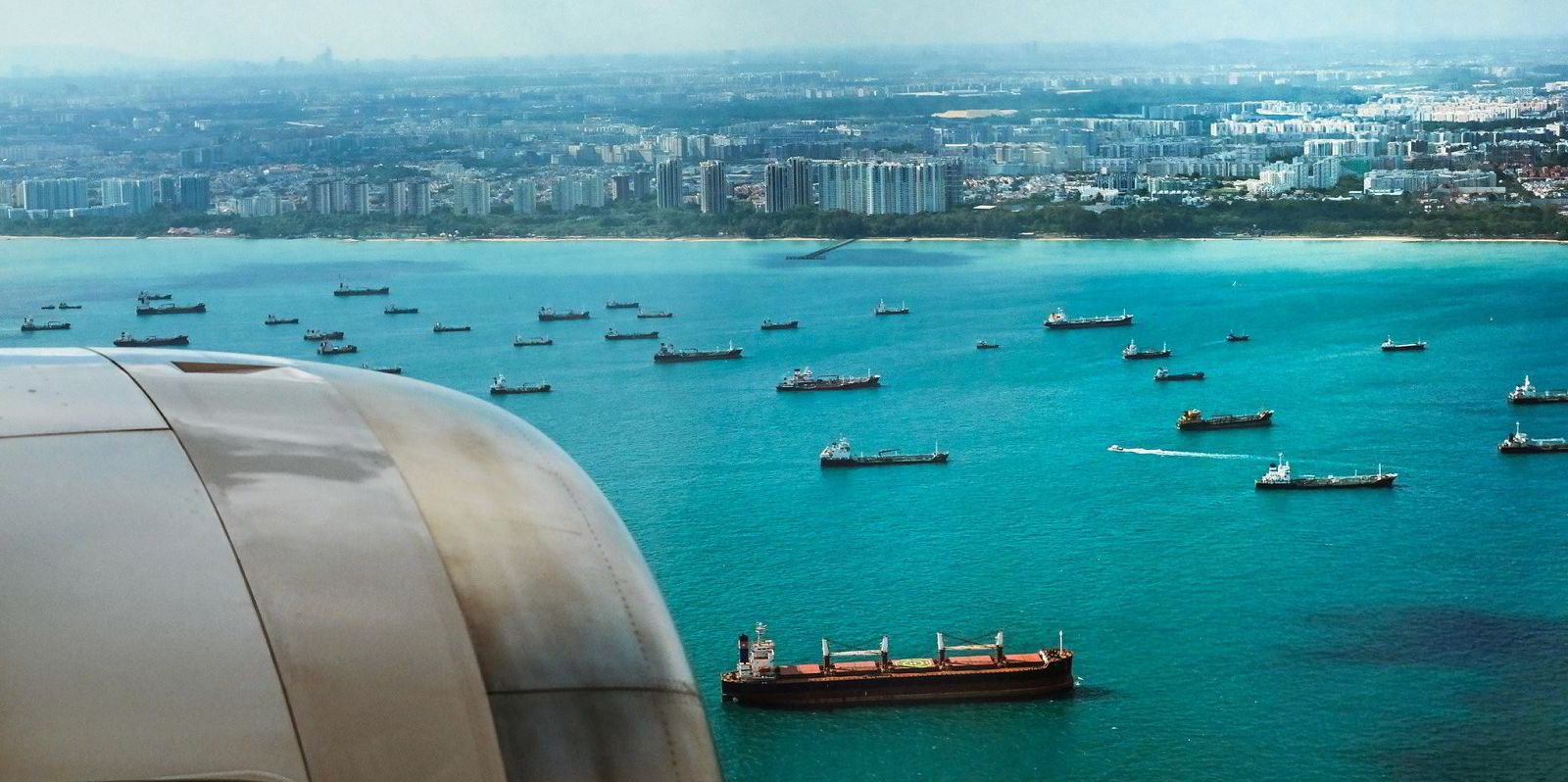US oil major Chevron has agreed to charter its first hybrid electric bunker tanker from trading giant Vitol for operation in Singapore.
The 8,270-dwt Marine Dynamo (built 2023) is one of two sisterships ordered in 2021 by Vitol at China’s Zhejiang Shenzhou Shipbuilding. The length of the charter and the financial terms were not disclosed.
Chevron said the bunker tanker is expected to consume approximately 20% less fuel compared to a conventional tanker, reducing emissions and costs.
“It’s also helping us take a step forward in our objective to deliver lower carbon and higher returns,” said Nayab Karimi, trading manager for fuels in Asia Pacific.
Jennifer Chao, Chevron’s Asia Pacific commercial marine manager, said the bunker tanker also provides an opportunity to assess wider adoption of hybrid vessels
“We’re looking for opportunities like this to understand new technologies, test capabilities and collect data to determine if there is broader applicability for our global operations,” she said.
Similar to a hybrid electric car, the vessel has an electric power system as well as a conventional engine that runs on fuel.
It will supplement with electricity during periods of high consumption to allow the engines to reduce fuel use.
Instead of three auxiliary engines, as a conventional fueling barge this size would have, the barge has two auxiliary engines and an electric power distribution system. A battery pack is just slightly smaller than a 20-foot shipping container.
“Current technology does not allow barges to run completely on electricity, and among other challenges, the batteries would take up too much space,” said Varun Kohli, Chevron’s term charterer in Asia Pacific.
“As technology comes along and batteries become smaller and more efficient, hopefully in the not-too-distant future, we’ll have bunker tankers able to operate fully on batteries,” he added.
The bunker tankers are built with an electric-hybrid notation and employ energy storage systems (ESS) technology comprising lithium-ion batteries for energy storage and a highly automated power management system (PMS) which will efficiently manage power consumption and thereby reduce GHG emissions.
In addition, the ESS has the capability to charge its battery system from onshore power supply sources once such charging facilities become available in Singapore.
Chevron said powering up batteries without the need for fuel could further reduce fossil fuel consumption in what is a hard-to-abate sector.
Singapore is to require that all harbour craft built from 2030 onwards be fossil-fuel-free as part of its bid to achieve net zero emissions by 2050.
Vessels built after that date must either be fully electric, be capable of using B100 biofuels or be compatible with net zero fuels such as hydrogen.
Chevron was the second largest supplier of biofuel bunkers in Singapore in 2023, according to data from the Maritime and Port Authority (MPA) of Singapore.
In 2022 the company held the number one position, but last year it was overtaken by Maersk Oil Trading pushing Chevron into second place.





